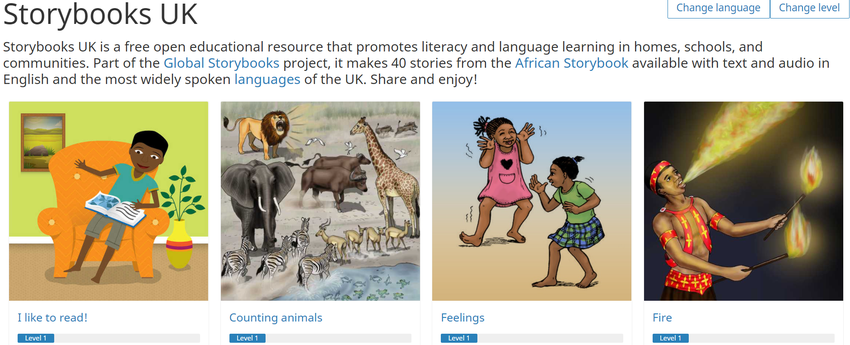Reading
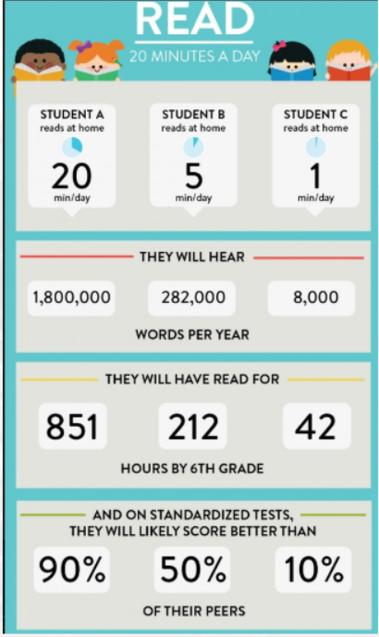
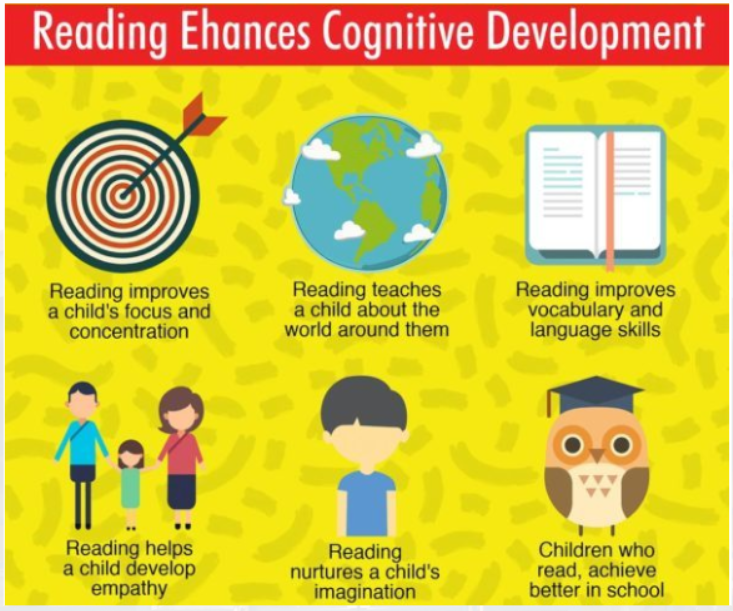
Join Mrs Aviss to see how to use questions, thoughts and expression to help your child develop vocabulary and comprehension skills
Reading with Mrs Aviss
Pete Stays Home
Harry Saves The Ocean
Click here: This website has free books to read with audio for early and EAL readers.

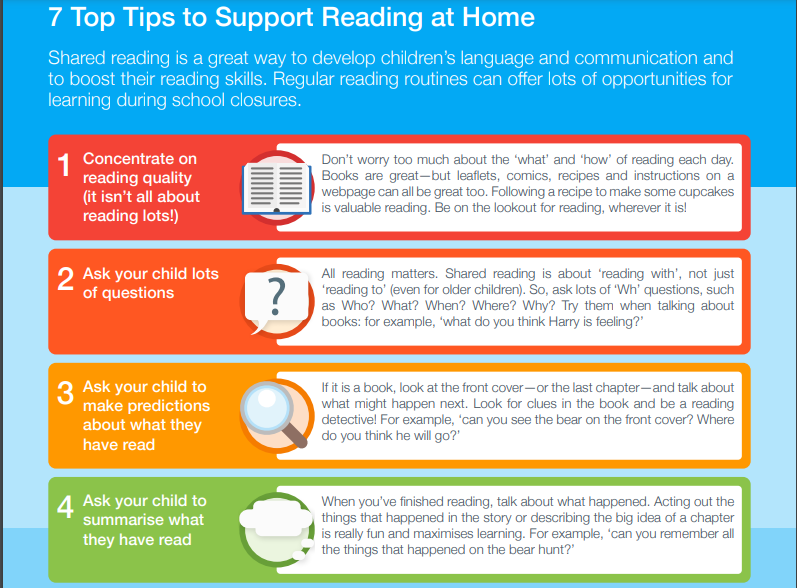
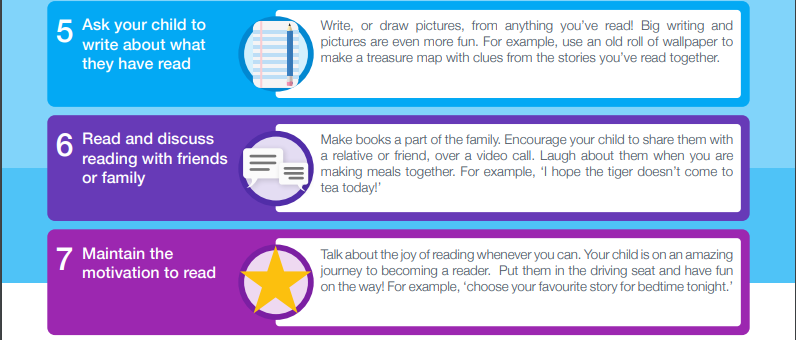
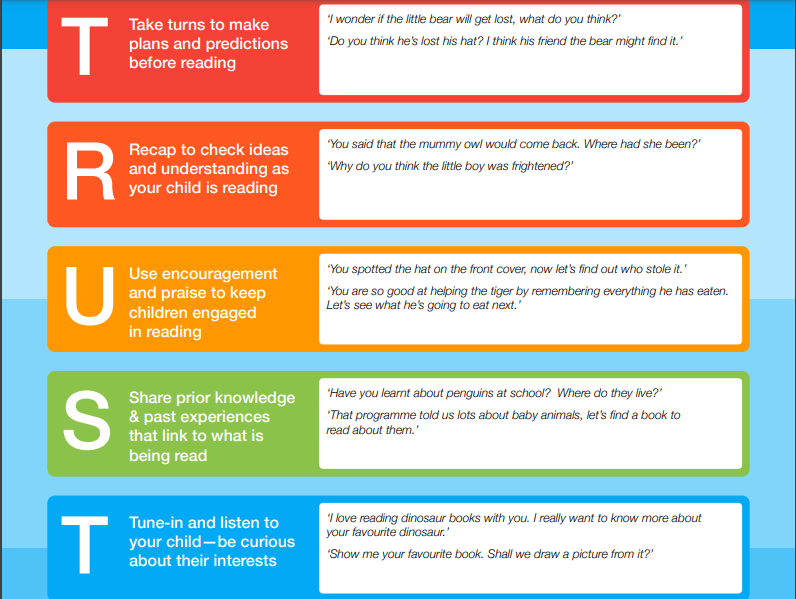
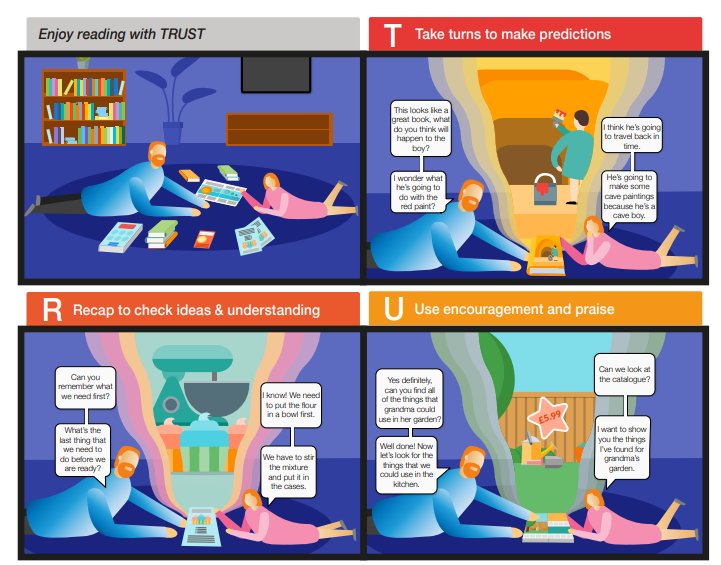
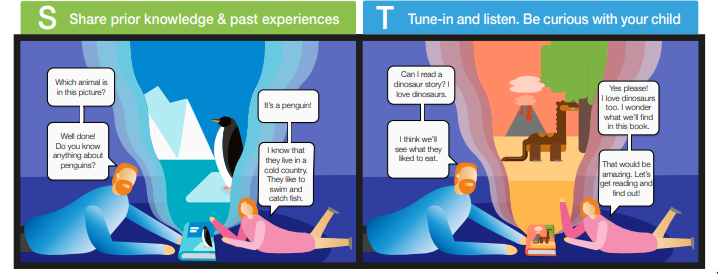
This is a fantastic website for speech, language and reading.
Visit these Websites to read a book. (All free to download and no Sign-Up required).
-
Project Gutenberg
Project Gutenberg has lots of free classic books you can read for free.
-
Book Trust
A range of stories with options to read along with a recording, also options for sign language.
-
Monkey Pen
Monkey Pen has some lovely story books you can download for free.
-
International Children's Library
Has a wide range of books from different countries and cultures you can read for free.
-
Magic Blox
A lovely selection of free children's books
First 20 High Frequency words
We will learn how to read these in Reception. Some we can decode by sounding them out and blending sounds together and some are tricky and we just need to learn them.
2nd 20 High Frequency Words
Some of these will be learnt in Reception however most will be learnt in Year 1.
Again some of these words can be sounded out and others are tricky words we need to learn.
3rd set of High Frequency Words
These will be learnt in Years 1 and 2.
Some are decodable by sounding out and blending however some are words we just learn to read.
4th Set of High Frequency Words
5th 20 high frequency words.mp4
Top 10 Tips to Help Your Child to Read
We’ve brought together a list of ways to help primary-aged children read at home.
1. Encourage your child to read
Reading helps your child’s wellbeing, develops imagination and has educational benefits too. Just a few minutes a day can have a big impact on children of all ages.
2. Read aloud regularly
Try to read to your child every day. It’s a special time to snuggle up and enjoy a story. Stories matter and children love re-reading them and poring over the pictures. Try adding funny voices to bring characters to life.
3. Encourage reading choice
Give children lots of opportunities to read different things in their own time – it doesn’t just have to be books. There’s fiction, non-fiction, poetry, comics, magazines, recipes and much more. Try leaving interesting reading material in different places around the home and see who picks it up.
4. Read together
Choose a favourite time to read together as a family and enjoy it. This might be everyone reading the same book together, reading different things at the same time, or getting your children to read to each other. This time spent reading together can be relaxing for all.
5. Create a comfortable environment
Make a calm, comfortable place for your family to relax and read independently – or together.
6. Make use of your local library
Libraries in England are able to open from 4 July, so visit them when you’re able to and explore all sorts of reading ideas. Local libraries also offer brilliant online materials, including audiobooks and ebooks to borrow. See Libraries Connected for more digital library services and resources.
7. Talk about books
This is a great way to make connections, develop understanding and make reading even more enjoyable. Start by discussing the front cover and talking about what it reveals and suggests the book could be about. Then talk about what you’ve been reading and share ideas. You could discuss something that happened that surprised you, or something new that you found out. You could talk about how the book makes you feel and whether it reminds you of anything.
8. Bring reading to life
You could try cooking a recipe you’ve read together. Would you recommend it to a friend? Alternatively, play a game where you pretend to be the characters in a book, or discuss an interesting article you’ve read.
9. Make reading active
Play games that involve making connections between pictures, objects and words, such as reading about an object and finding similar things in your home. You could organise treasure hunts related to what you’re reading. Try creating your child’s very own book by using photos from your day and adding captions.
10. Engage your child in reading in a way that suits them
You know your child best and you’ll know the best times for your child to read. If they have special educational needs and disabilities (SEND) then short, creative activities may be the way to get them most interested. If English is an additional language, encourage reading in a child’s first language, as well as in English. What matters most is that they enjoy it.
